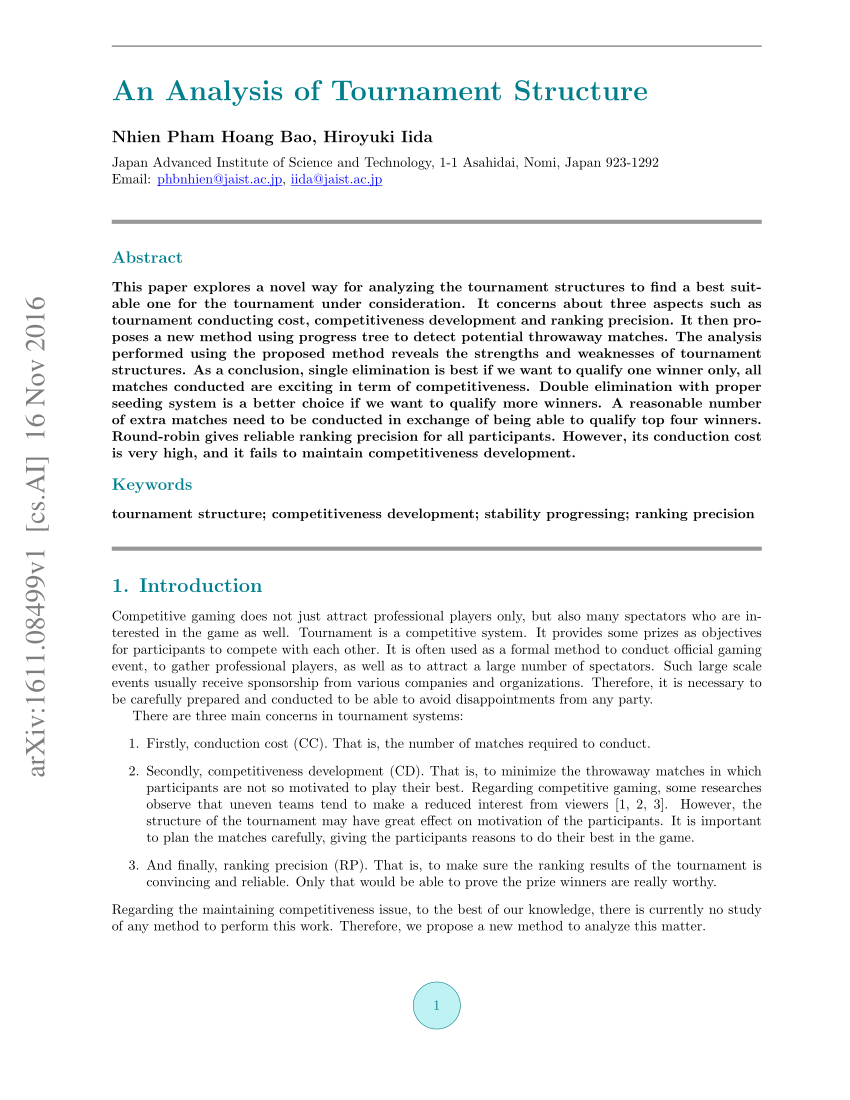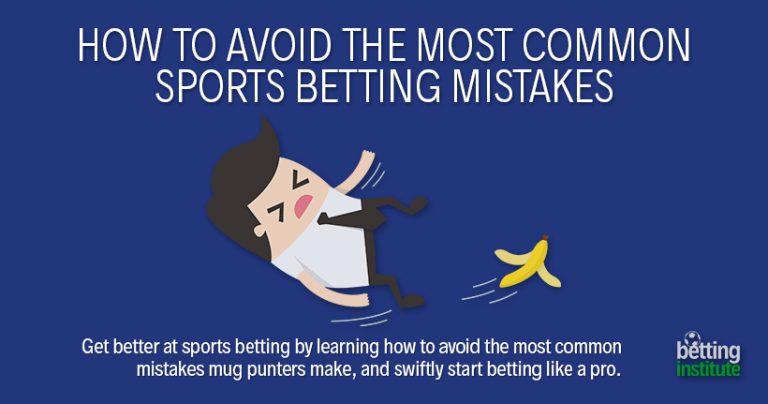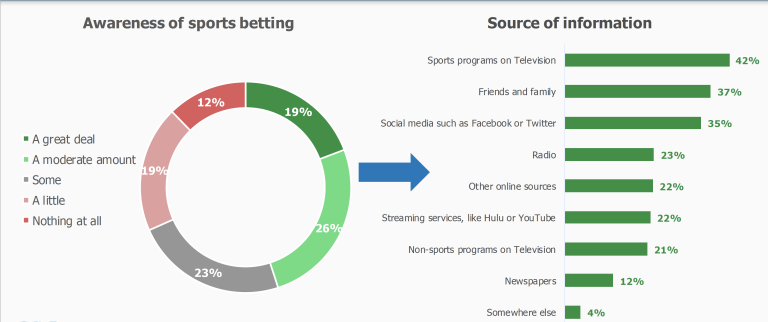Tournament Game Analysis Techniques
Welcome to the exciting world of tournament game analysis techniques! If you’re a passionate gamer or someone interested in the competitive gaming scene, this article is just for you. We’ll delve into the strategies, tips, and tricks that top players use to analyze and improve their performance in tournaments. So, grab your controller, keyboard, or joystick, and let’s get started on this thrilling journey of mastering tournament game analysis techniques.
When it comes to competitive gaming, analyzing your gameplay is crucial for growth and success. Whether you’re a professional player or simply aiming to improve your skills, understanding the intricacies of game analysis can make a world of difference. In this article, we’ll explore various techniques that will help you dissect your gameplay, identify strengths and weaknesses, and make informed decisions that can turn the tide in your favor.
From analyzing gameplay footage to studying opponent strategies, we’ll cover it all. You’ll learn how to break down your own gameplay to identify mistakes, strategize effectively, and ultimately level up your performance. So, get ready to dive into the world of tournament game analysis techniques, where every move counts and every decision can lead you to victory. Let’s unlock your full potential and dominate the tournament scene!
- Study the game’s mechanics and strategies.
- Observe professional players and their techniques.
- Analyze your own gameplay recordings for mistakes and areas of improvement.
- Utilize data analysis tools to track performance metrics.
- Collaborate with other players and discuss strategies.
Remember, consistent practice and a critical mindset are key to honing your tournament game analysis skills.

Tournament Game Analysis Techniques: Unlocking the Secrets to Success
Tournaments are the epitome of competitive gaming, where players battle it out to prove their skills and claim victory. However, to excel in tournaments, it is essential to go beyond just raw talent and develop effective game analysis techniques. In this article, we will explore the strategies and methods that can help you analyze tournament games and gain a competitive edge. Whether you are a seasoned pro or a budding competitor, these techniques will help you elevate your gameplay and increase your chances of success.
Understanding the Meta: Decoding the Game’s Landscape
In any tournament, it is crucial to have a deep understanding of the game’s meta. The meta refers to the current state of the game, including the most popular strategies, character choices, and optimal playstyles. By analyzing the meta, you can identify prevailing trends and adapt your gameplay accordingly. This involves studying tournament replays, observing high-level players, and keeping up with patch notes and balance changes.
A key aspect of analyzing the meta is identifying the strengths and weaknesses of different characters or strategies. This knowledge allows you to make informed decisions when selecting your own character or developing counter-strategies. Additionally, studying the meta helps you anticipate your opponents’ moves and devise effective game plans, giving you a significant advantage in the tournament.
Collecting and Analyzing Data: A Strategic Approach
Data collection and analysis are essential components of tournament game analysis techniques. By meticulously gathering and studying data, you can gain valuable insights into your own gameplay and that of your opponents. Start by recording your tournament matches and reviewing them later. Look for patterns, mistakes, and missed opportunities. Identify areas where you can improve and make adjustments to your gameplay.
Analyzing data from your opponents is equally important. Take note of their playstyles, preferred strategies, and decision-making patterns. This information can be used to anticipate their moves and exploit their weaknesses. Additionally, studying the data can help you identify trends in the tournament meta and adjust your own strategies accordingly.
Developing a Comprehensive Game Plan: The Roadmap to Victory
A well-defined game plan is the foundation of success in tournament play. Analyzing tournament games allows you to develop a comprehensive strategy that maximizes your strengths and exploits your opponents’ weaknesses. Start by setting clear goals for each match or round. Identify the specific tactics and strategies you will employ to achieve those goals.
To develop an effective game plan, it is essential to study your opponents’ tendencies and adapt accordingly. If you notice a recurring weakness in their gameplay, exploit it to gain an advantage. Conversely, if you identify a particular strength, develop counter-strategies to neutralize it. Flexibility is key, as each match may require adjustments to your game plan based on the evolving dynamics of the tournament.
Capitalizing on Mistakes: Turning Missteps into Opportunities
One of the most important aspects of game analysis is identifying and capitalizing on your opponents’ mistakes. No player is perfect, and even the best competitors can make errors under pressure. By closely analyzing tournament games, you can spot these mistakes and devise strategies to exploit them.
Pay attention to moments where your opponents miss opportunities, make poor decisions, or exhibit predictable patterns. These instances can be turned into advantageous situations for you. By capitalizing on your opponents’ mistakes, you can gain momentum, swing the game in your favor, and secure crucial victories in the tournament.
Effective Time Management: Optimizing Decision-Making
In the fast-paced environment of tournament play, effective time management is crucial. Analyzing tournament games can help you optimize your decision-making process and make quick, informed choices. By studying replays, you can evaluate the timing and efficiency of your decision-making in high-pressure situations.
Identify moments where you could have made better use of your time or reacted more swiftly to your opponents’ moves. Analyzing these instances can help you refine your decision-making skills and develop strategies to make the most out of limited time. Additionally, understanding the timing patterns of your opponents can give you a significant advantage, allowing you to predict their moves and react accordingly.
Adapting to Changing Game Dynamics: Staying Ahead of the Curve
Tournament games are dynamic, with strategies and gameplay evolving rapidly. To stay ahead of the curve, it is essential to analyze games and adapt to changing dynamics. Pay attention to new trends, emerging strategies, and innovative techniques used by other players. By studying these developments, you can incorporate them into your own gameplay or devise counter-strategies to neutralize them.
Keep an eye on high-level competitive matches, as they often showcase cutting-edge gameplay and innovative strategies. Analyze these matches to understand the reasoning behind certain decisions and learn from the best in the field. By staying up-to-date with the latest developments, you can continually refine your game plan and maintain a competitive edge in the tournament.
Conclusion
Tournament game analysis techniques are invaluable tools for any competitive gamer looking to excel in tournaments. By understanding the meta, collecting and analyzing data, developing a comprehensive game plan, capitalizing on mistakes, optimizing decision-making, and adapting to changing dynamics, you can enhance your gameplay and increase your chances of success. Remember, success in tournaments is not solely determined by raw talent but by the strategic analysis and execution of game plans. Incorporate these techniques into your practice routine, and watch your tournament performance soar.
Key Takeaways: Tournament Game Analysis Techniques
- Use statistical analysis to identify patterns and trends in tournament games.
- Study previous tournament performances of teams and players to gain insights.
- Analyze game strategies and tactics employed by successful teams.
- Consider the psychological factors that can affect performance in tournament games.
- Utilize technology and data analysis tools to enhance game analysis.
Frequently Asked Questions
Here are some frequently asked questions about tournament game analysis techniques:
1. What are the key steps involved in tournament game analysis?
Tournament game analysis involves several key steps to ensure a comprehensive evaluation of gameplay. The first step is to gather data, which may include game statistics, player performances, and match outcomes. Next, the data is analyzed to identify patterns, trends, and areas for improvement. This analysis can be done using various techniques, such as statistical analysis, visualization, and machine learning algorithms. Finally, the insights gained from the analysis are used to make informed decisions and strategies for future tournaments.
It is important to note that the specific steps may vary depending on the game and the goals of the analysis. However, a systematic approach that includes data gathering, analysis, and decision-making is essential for effective tournament game analysis.
2. How can statistical analysis be applied to tournament game analysis?
Statistical analysis is a powerful tool that can be applied to tournament game analysis to uncover valuable insights. By analyzing game statistics, such as win rates, kill/death ratios, and objective completion rates, patterns and trends can be identified. This can help teams and players understand their strengths and weaknesses, as well as the strategies employed by their opponents.
Furthermore, statistical analysis can be used to compare different players or teams, identify outliers, and predict future performance. By leveraging statistical techniques, tournament game analysis can provide actionable insights that can lead to improved gameplay and better chances of success in future tournaments.
3. How can visualization techniques enhance tournament game analysis?
Visualization techniques play a crucial role in tournament game analysis by providing a visual representation of complex data. By creating charts, graphs, and interactive visualizations, patterns and trends can be easily identified and understood. This visual representation allows players, coaches, and analysts to quickly grasp key insights and make informed decisions.
For example, a heat map can be used to visualize player movements and hotspots on a game map, helping teams identify strategic positions and optimize their gameplay. Similarly, line charts can display trends in player performance over time, highlighting areas for improvement. By incorporating visualization techniques into tournament game analysis, teams can gain a deeper understanding of their gameplay and make data-driven decisions.
4. What role does machine learning play in tournament game analysis?
Machine learning has become an increasingly important tool in tournament game analysis. By leveraging machine learning algorithms, vast amounts of data can be processed and analyzed to uncover hidden patterns and insights. Machine learning techniques can be used to predict player behavior, optimize strategies, and detect anomalies.
For example, machine learning algorithms can be trained on historical game data to predict the likelihood of certain events occurring in future matches. This can help teams make informed decisions and adjust their gameplay accordingly. Additionally, machine learning can be used to identify cheating or suspicious behavior in online tournaments, improving the integrity of competitive gaming.
5. How can tournament game analysis techniques benefit players and teams?
Tournament game analysis techniques offer numerous benefits to players and teams. Firstly, analysis provides valuable insights into gameplay strengths and weaknesses, enabling players to focus on areas that need improvement. By understanding their performance metrics, players can optimize their strategies and enhance their chances of success in future tournaments.
Furthermore, analysis can help teams identify effective strategies employed by their opponents, enabling them to adapt and counter their gameplay. By staying updated with the latest analysis techniques, teams can gain a competitive edge and stay ahead in the rapidly evolving world of competitive gaming.
How to Rotate and Position in Tournament | Game analysis/Tips and Tricks #7 | PUBG Mobile
Final Summary: Mastering Tournament Game Analysis Techniques
Congratulations! You are now equipped with the knowledge and techniques to become a master at analyzing tournament games. Throughout this article, we have explored various strategies and tips that can help you gain a competitive edge in any gaming competition. From studying replays and identifying patterns to understanding the importance of teamwork and communication, these techniques will undoubtedly elevate your gameplay.
One key takeaway from this guide is the significance of adaptability. As tournaments can be unpredictable, being able to adapt your strategies and tactics on the fly is crucial. By analyzing your opponents’ gameplay and making quick adjustments, you can stay one step ahead and increase your chances of success. Remember, it’s not just about individual skill but also about understanding the dynamics of the game and the strengths and weaknesses of your opponents.
In conclusion, mastering tournament game analysis techniques requires dedication, practice, and a deep understanding of the game. By incorporating these strategies into your gameplay, you can enhance your performance and climb the ranks in the competitive gaming world. So go out there, put your newfound knowledge to the test, and may the odds be ever in your favor!





